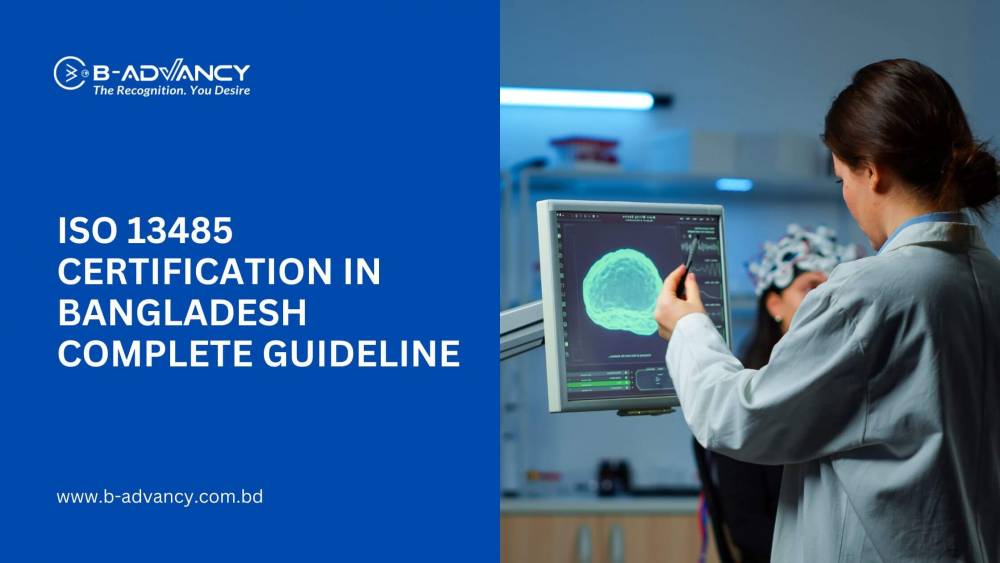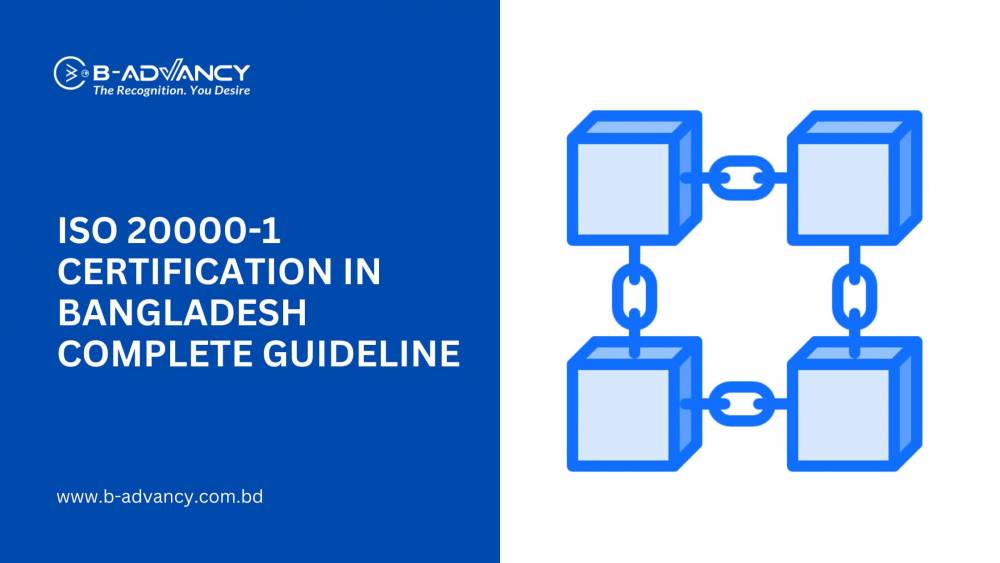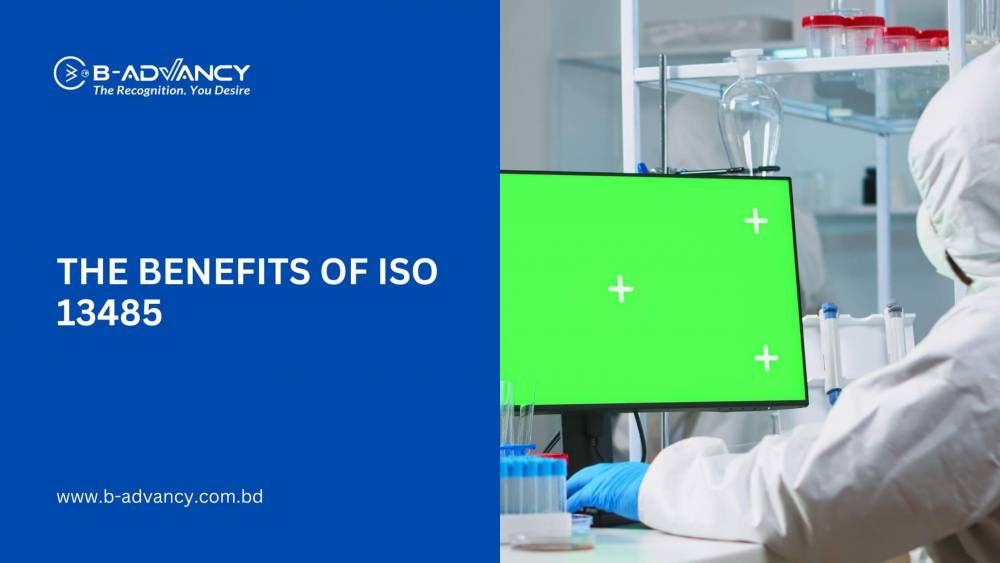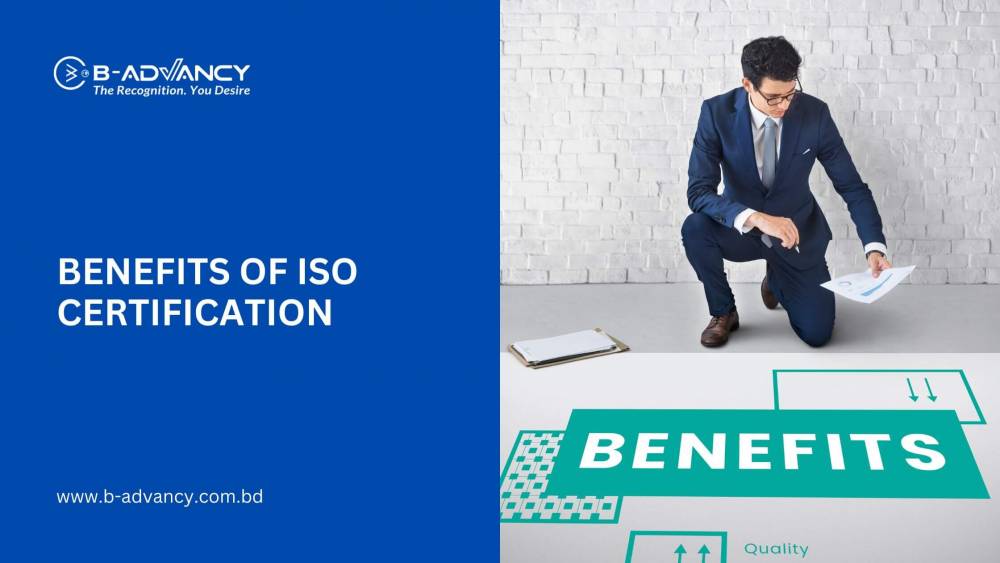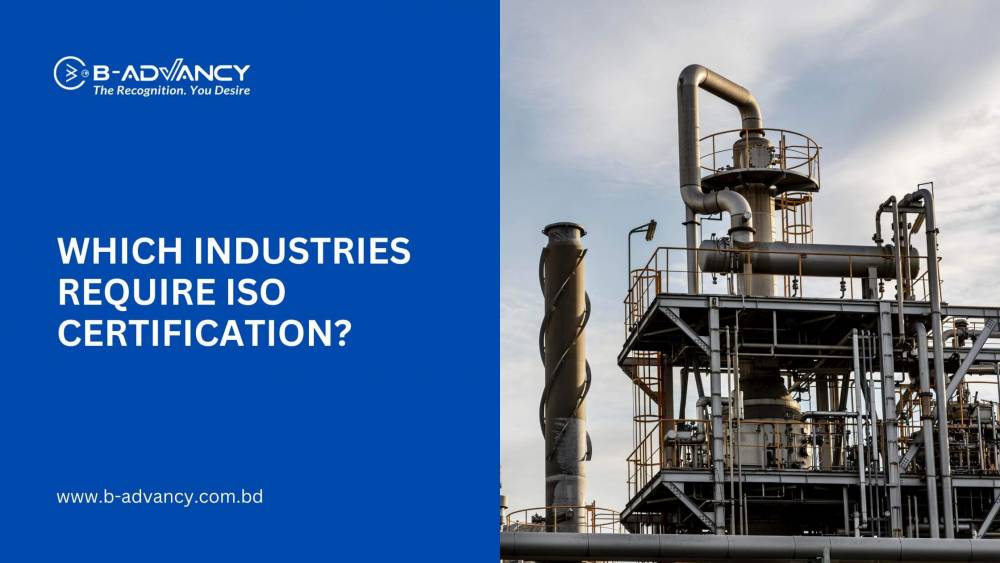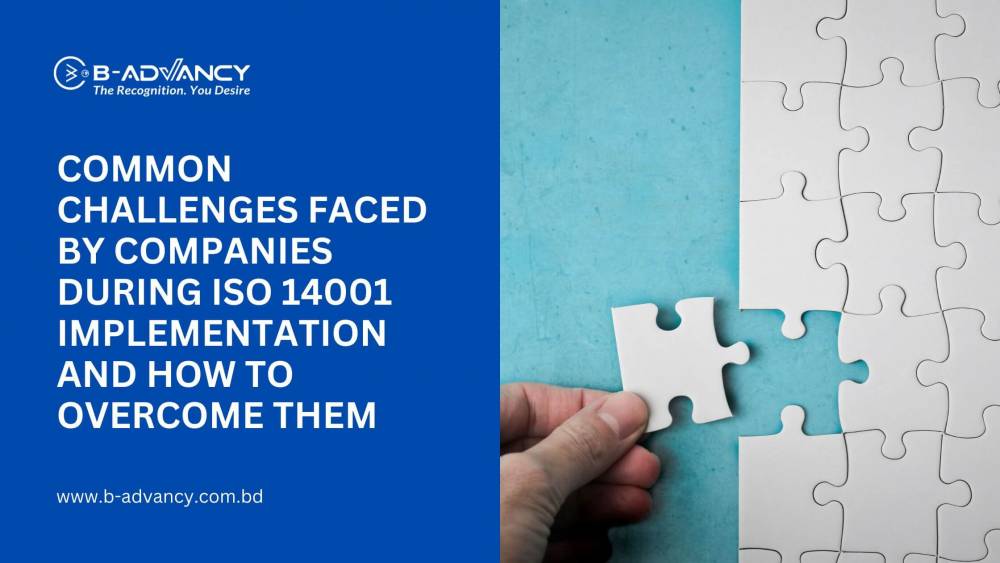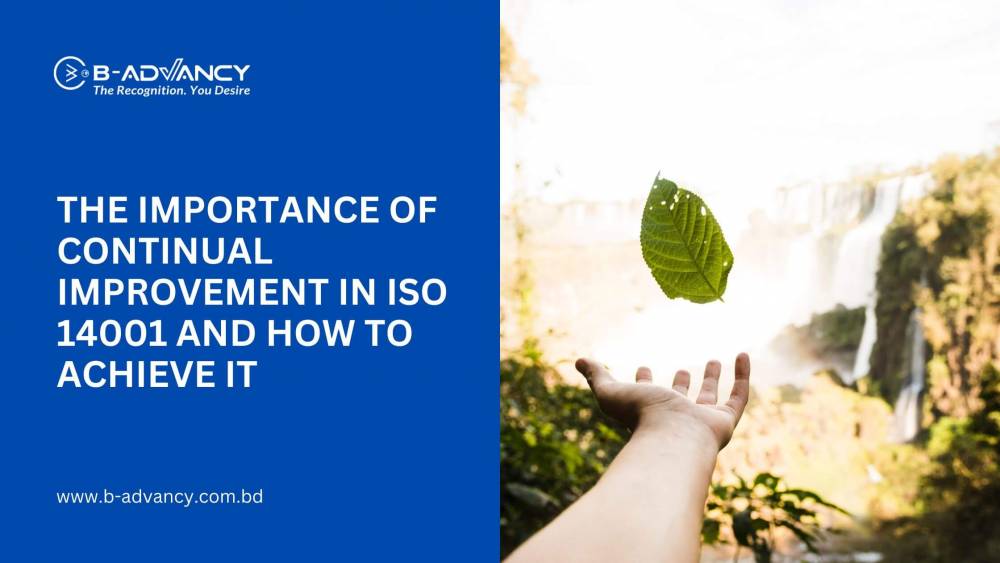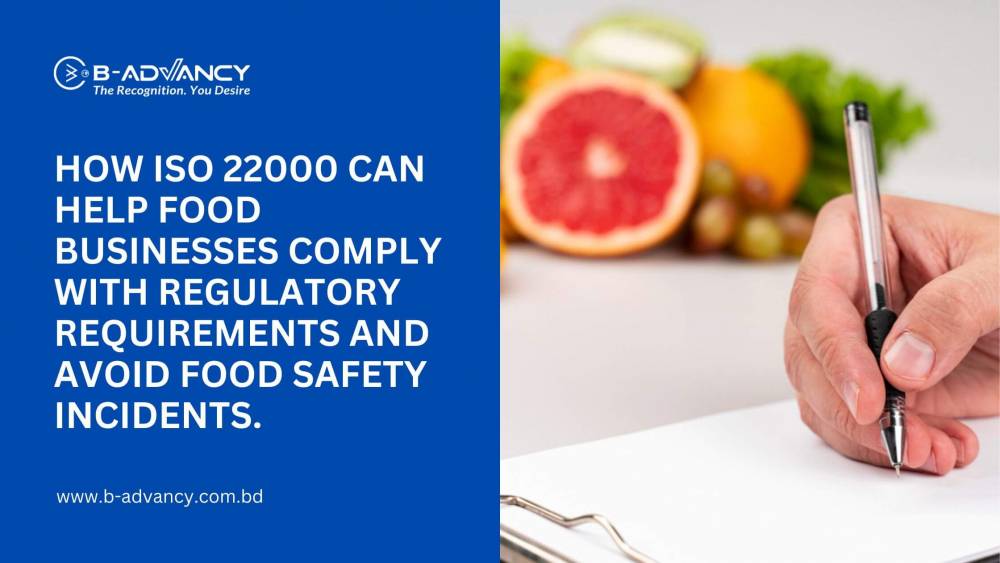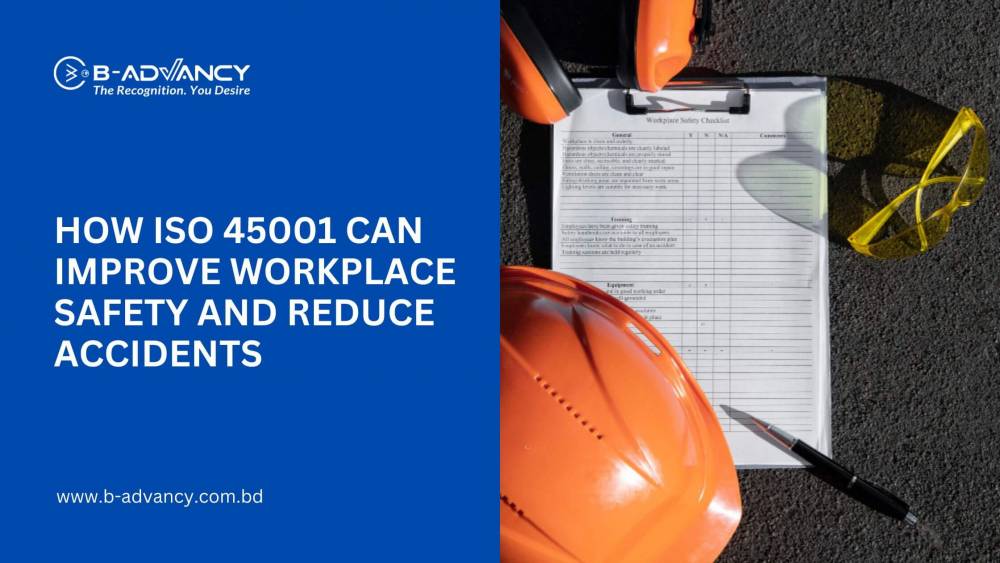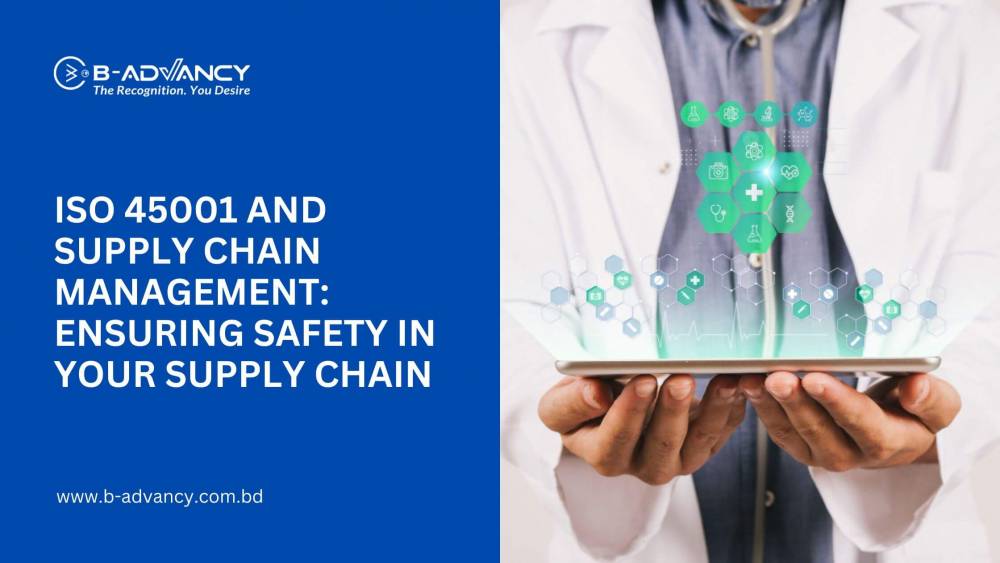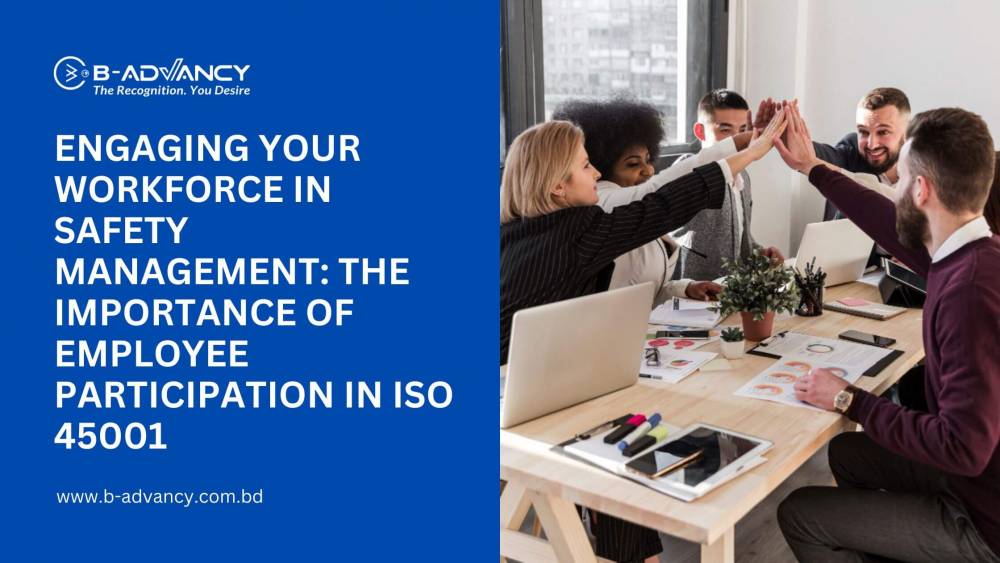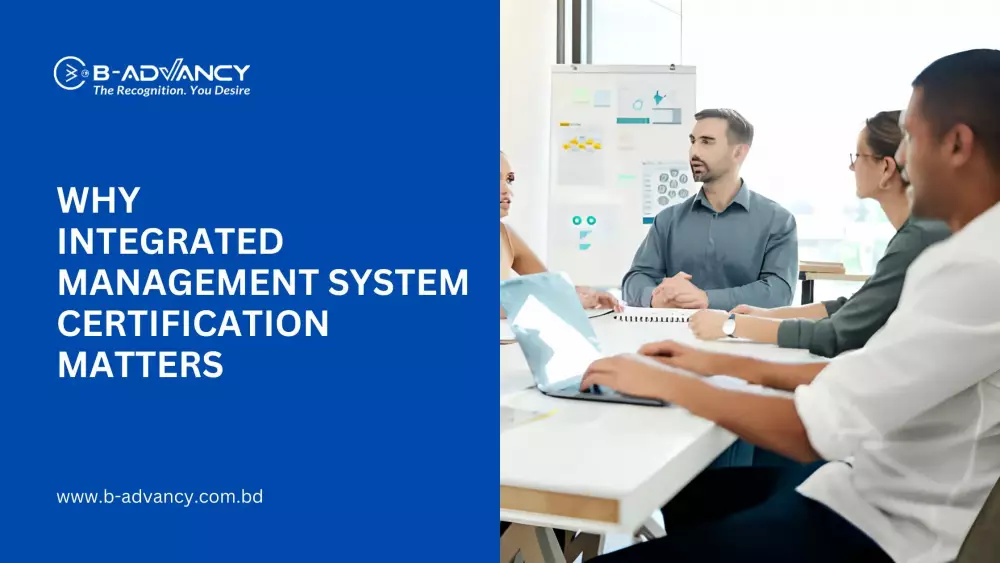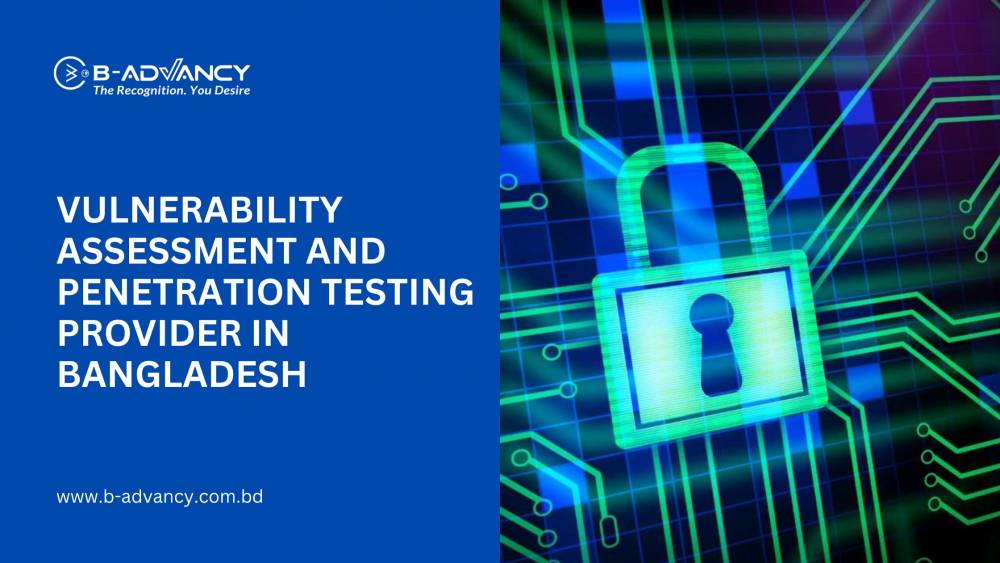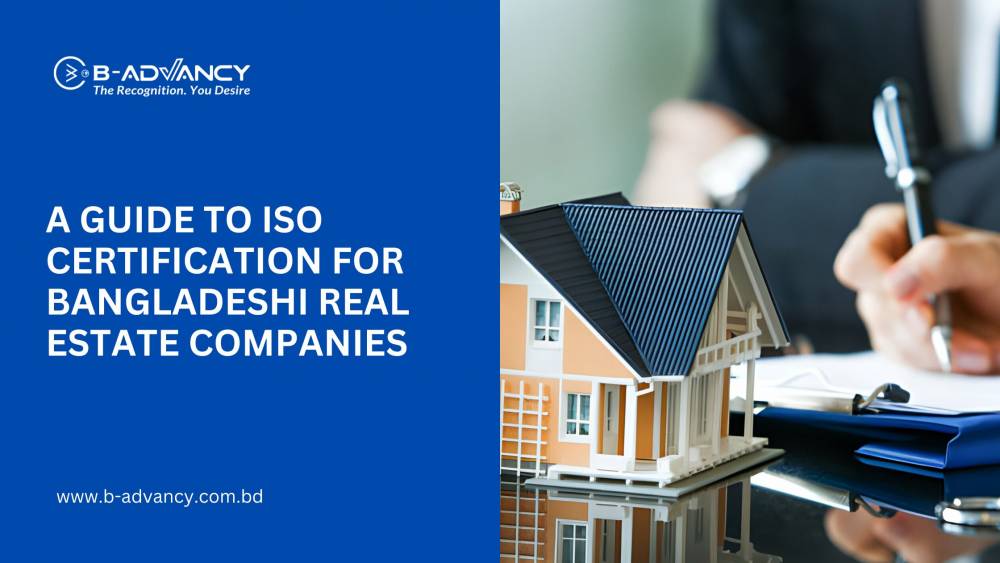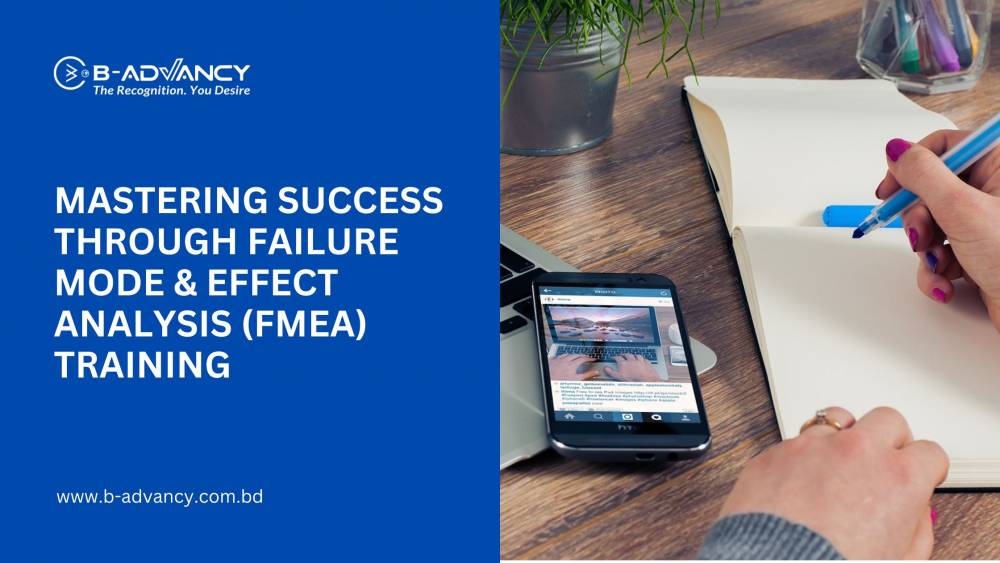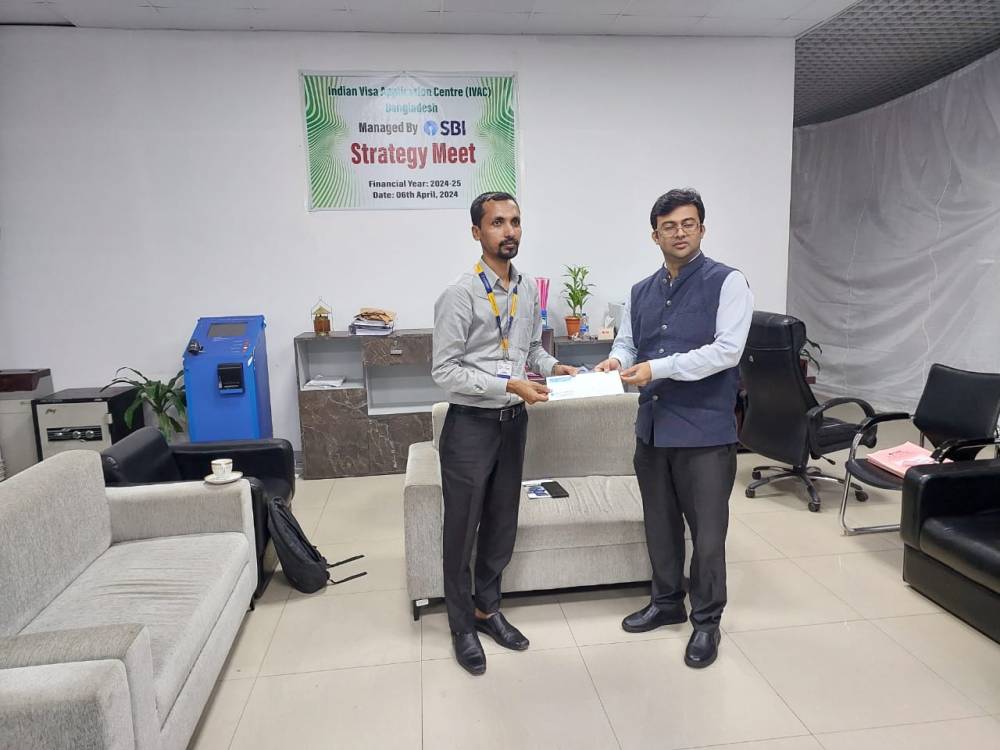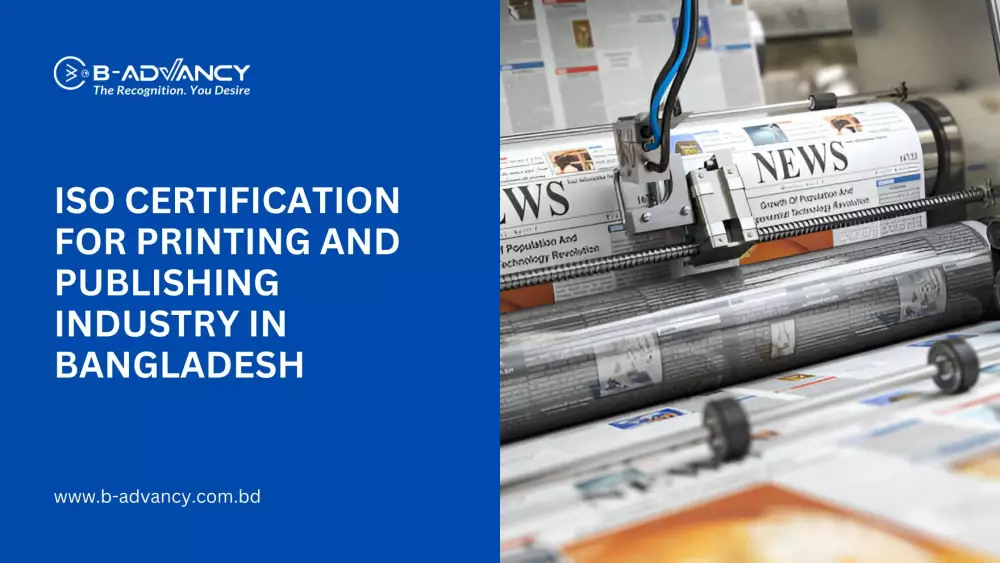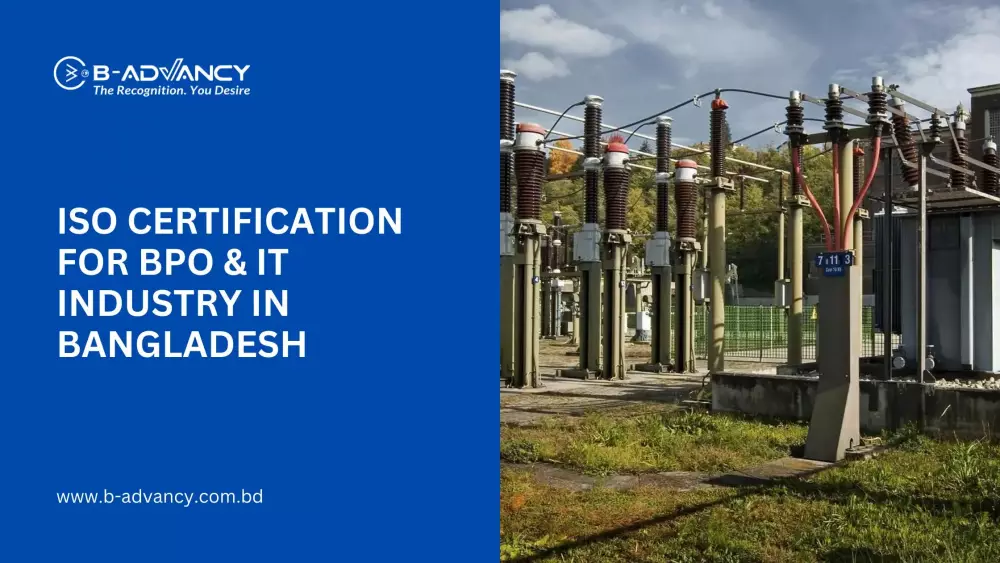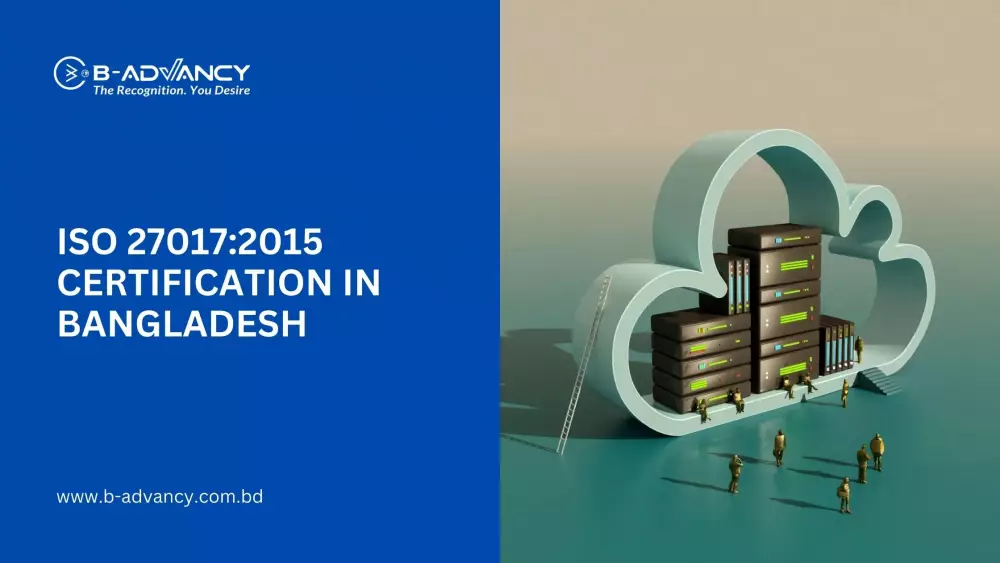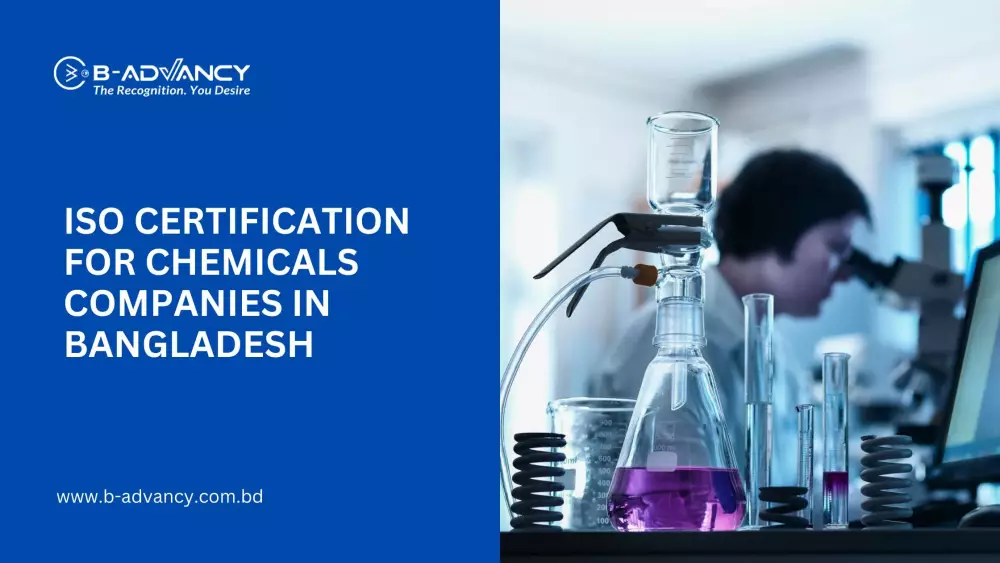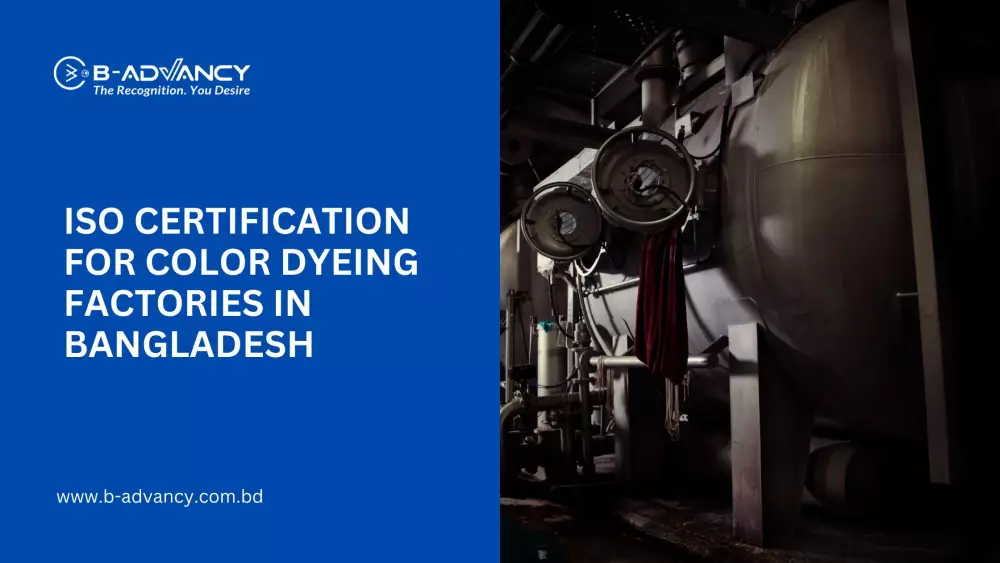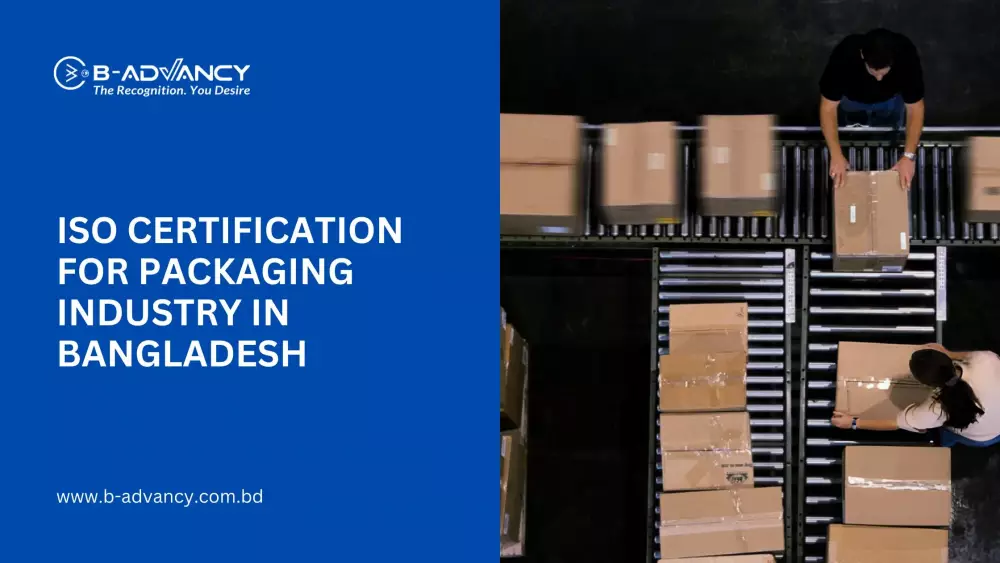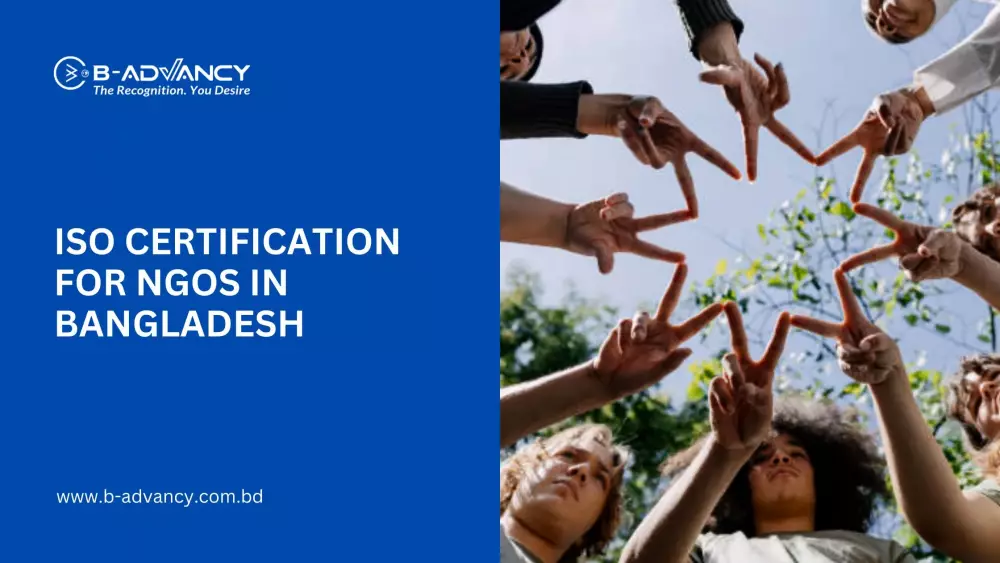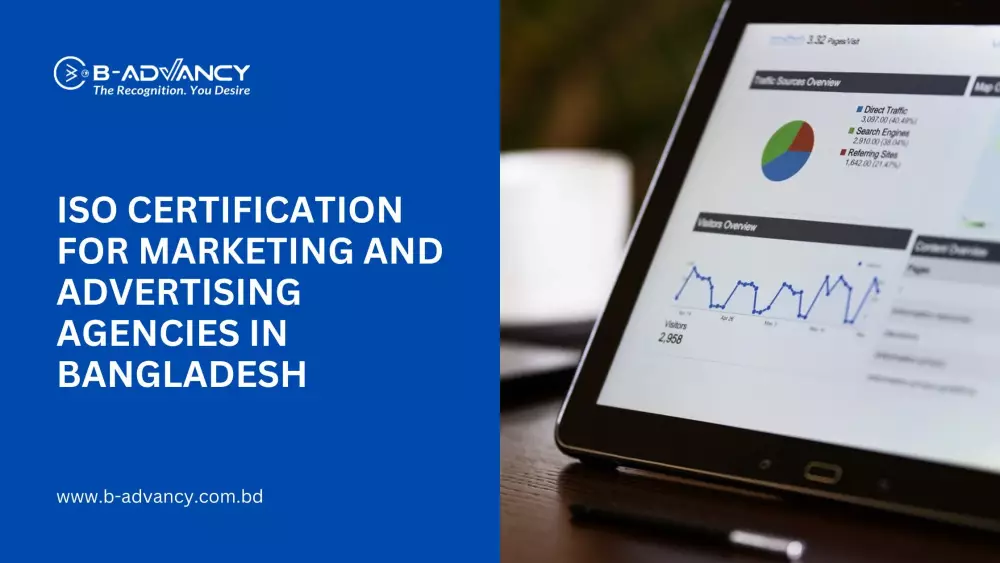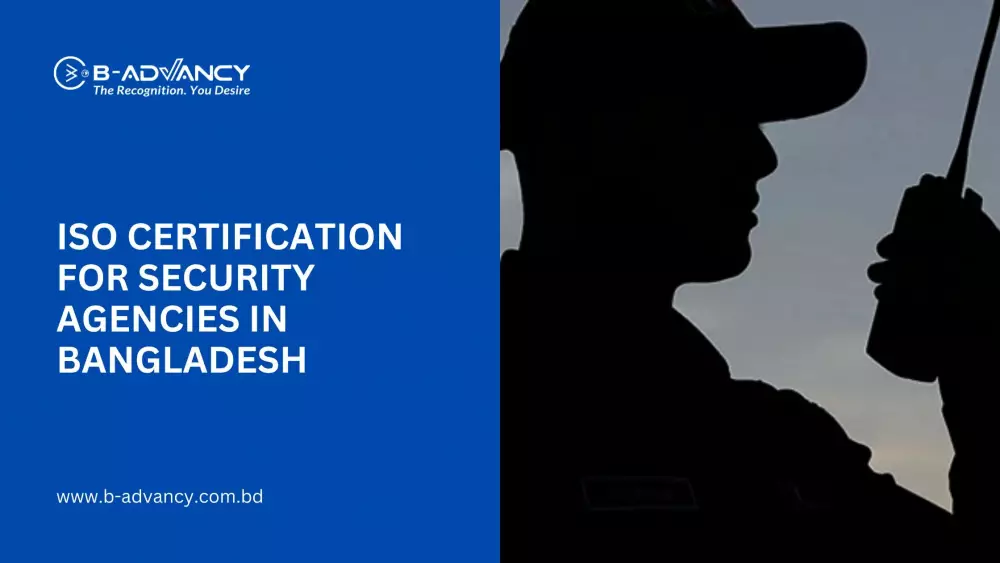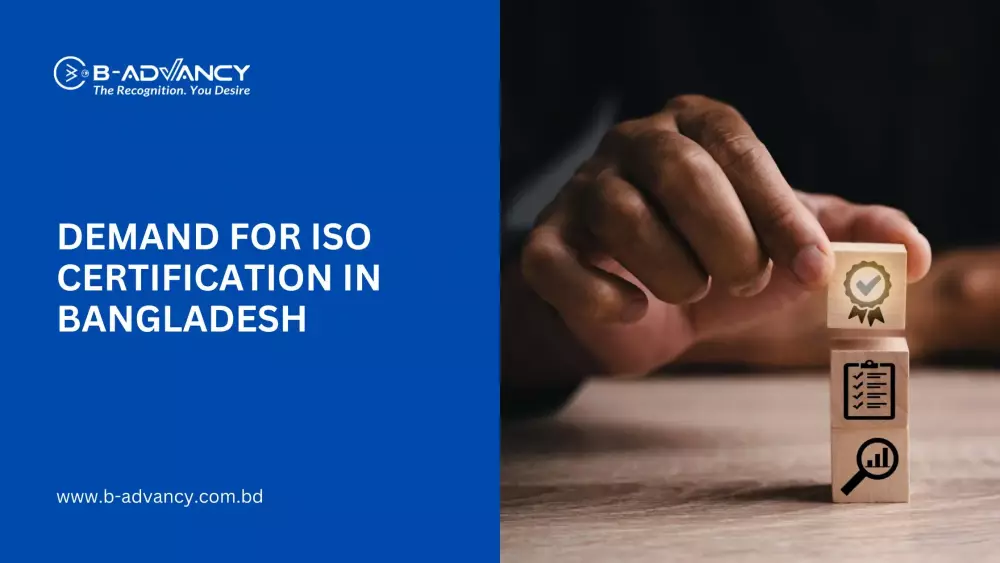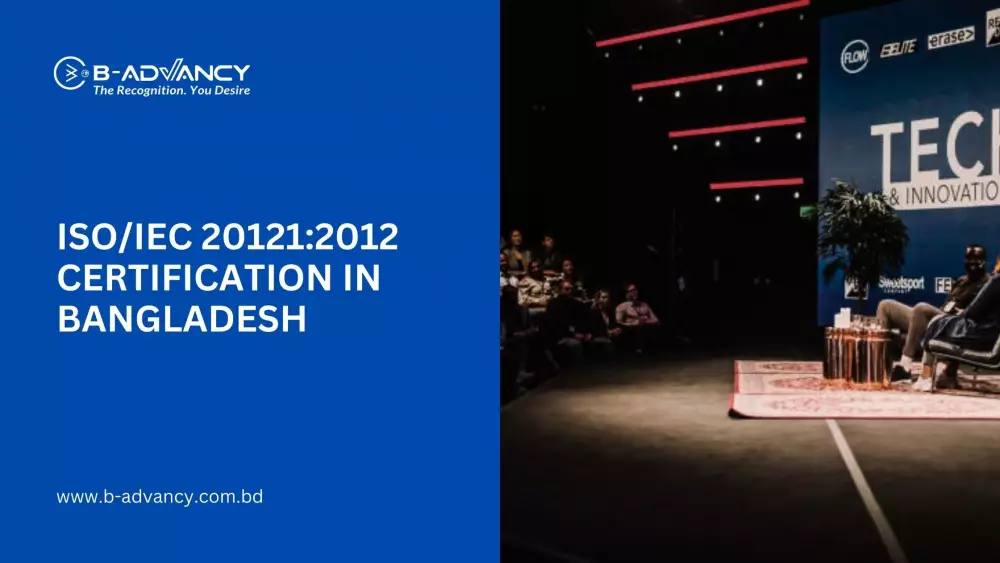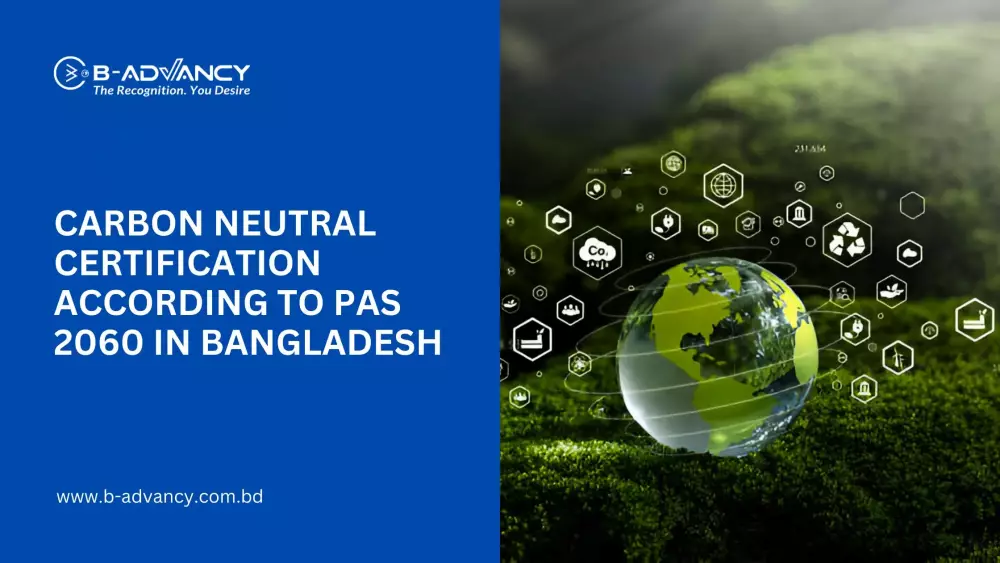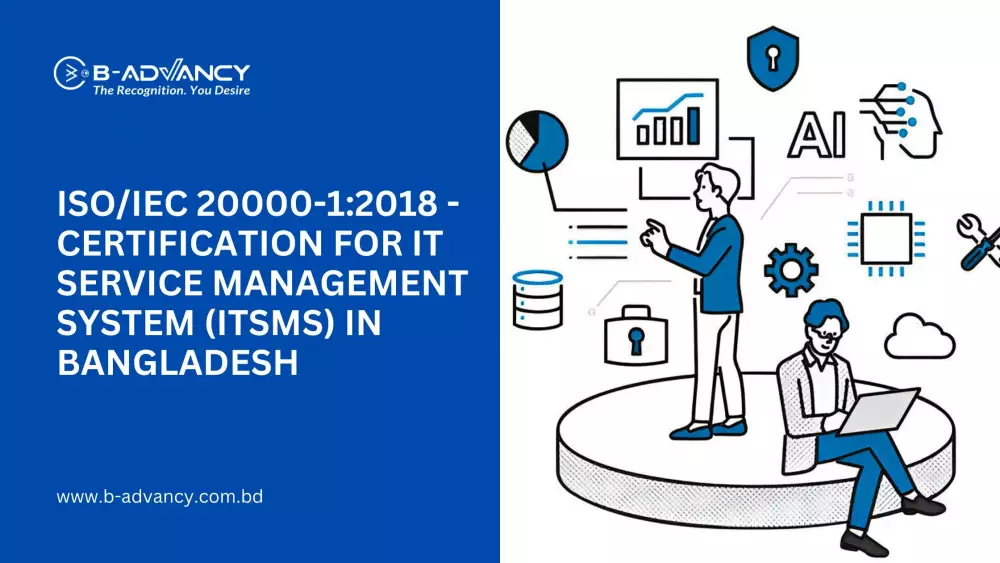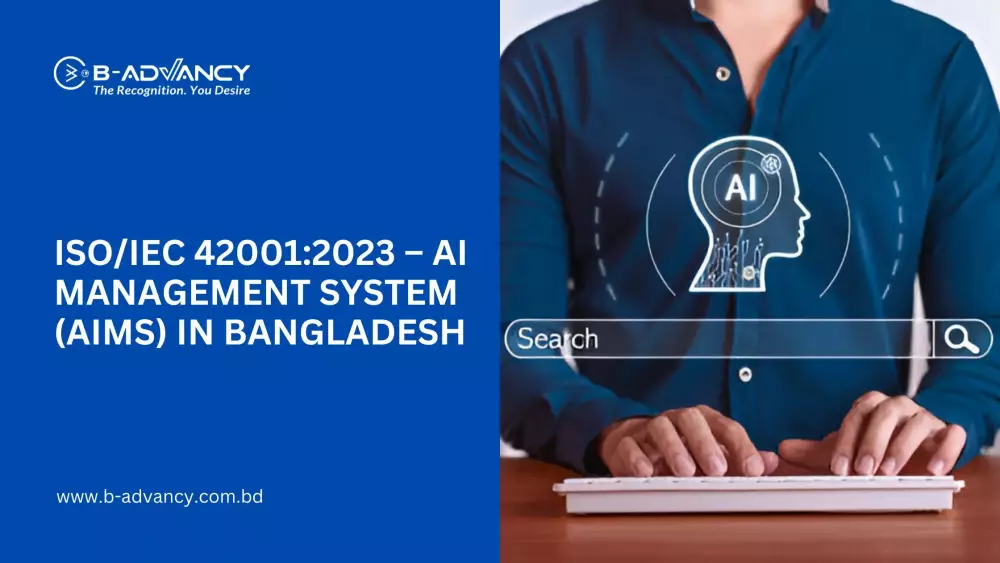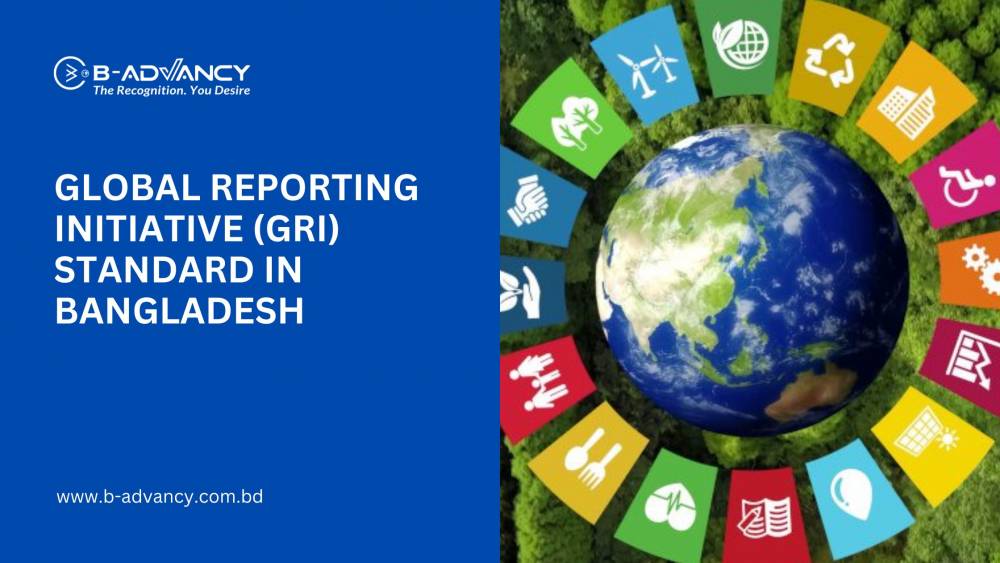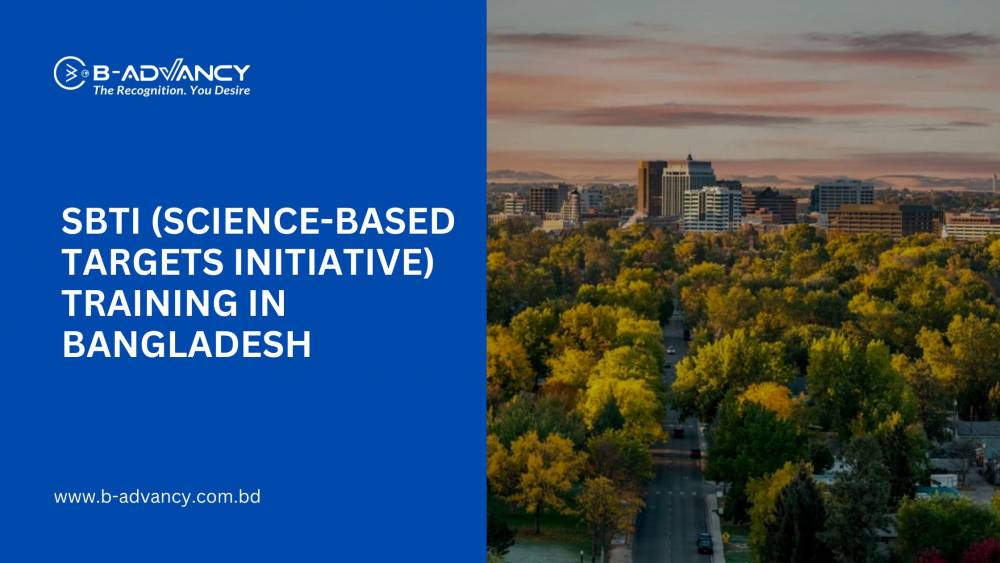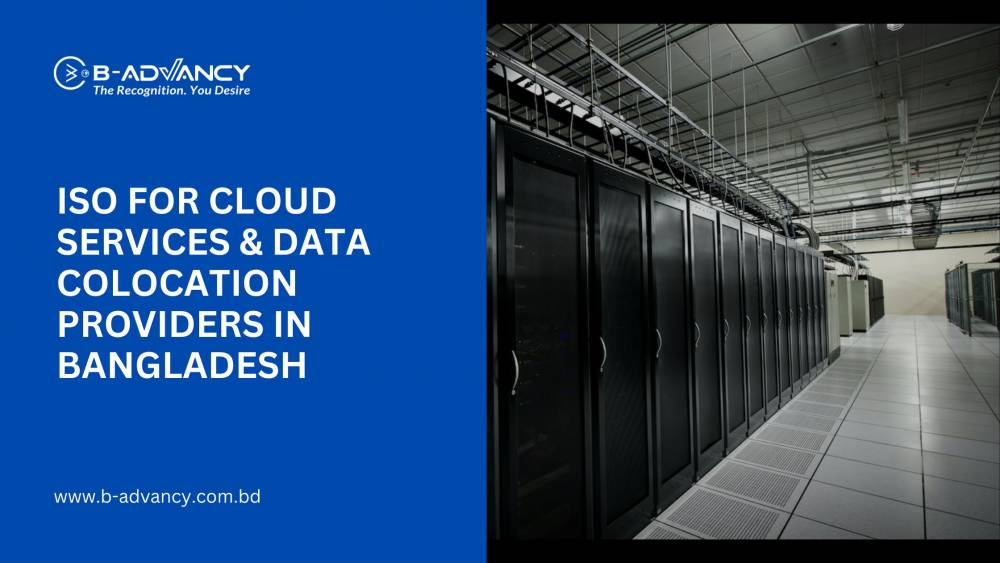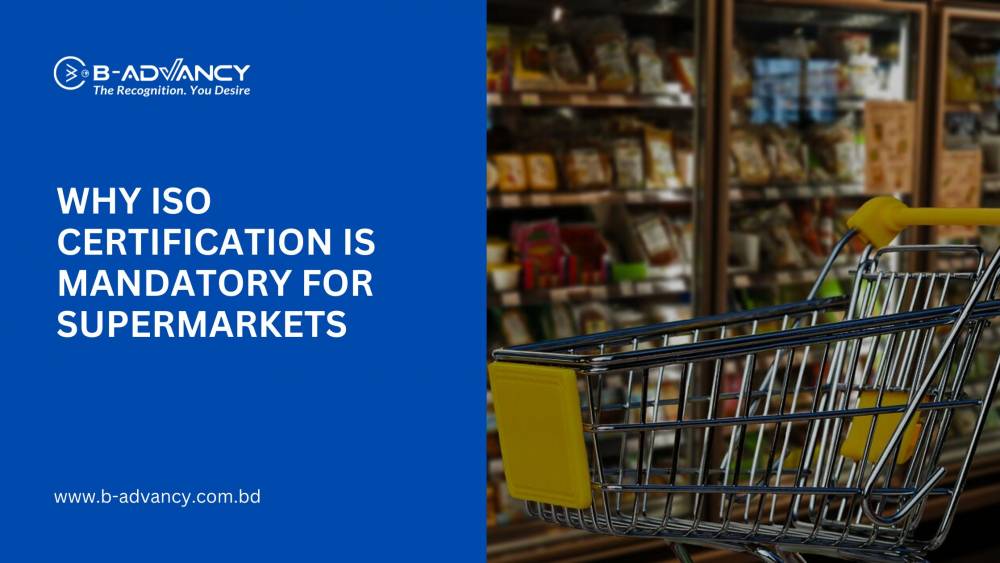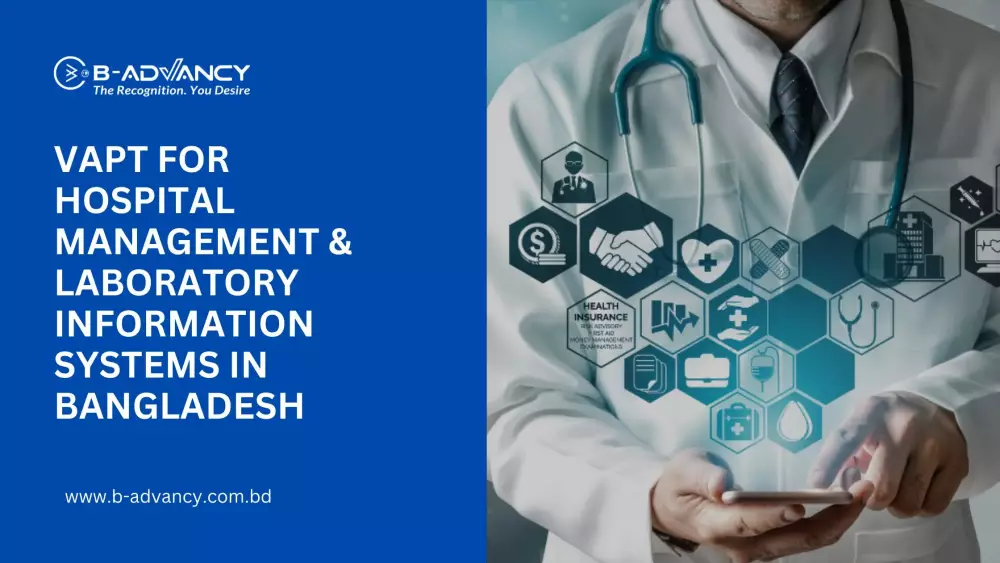Effective management of assets is a key factor for the long-term sustainability and success of any organization. Assets, whether physical, financial, or informational, are vital to a company's operations, and managing them efficiently can significantly reduce risks, improve financial performance, and optimize operational processes. ISO 55001:2014, the international standard for Asset Management Systems (AMS), provides a framework that helps organizations manage their assets strategically, ensuring that they deliver maximum value over their lifecycle.
In this blog, we will explore the importance of ISO 55001:2014 certification for organizations in Bangladesh and how B-ADVANCY Certification Limited can support businesses in achieving this essential standard for asset management.
What is ISO 55001:2014?
ISO 55001:2014 is an internationally recognized standard that outlines the requirements for establishing, implementing, maintaining, and improving an Asset Management System (AMS). The standard applies to all types of assets, regardless of the industry, and helps organizations optimize the value they derive from their assets throughout their lifecycle—from acquisition and maintenance to decommissioning or disposal.
By adopting ISO 55001:2014, organizations in Bangladesh can ensure that their assets are managed efficiently, risks are minimized, and long-term financial performance is maximized. Whether managing physical infrastructure, equipment, technology, or intangible assets, the ISO 55001:2014 standard provides a structured approach to asset management.
Key Features of ISO 55001:2014
1. Lifecycle Approach to Asset Management
ISO 55001:2014 emphasizes managing assets through their entire lifecycle, from acquisition and deployment to maintenance, repair, and disposal. This ensures that organizations maximize asset performance, minimize costs, and reduce environmental impact.
2. Risk-Based Asset Management
The standard encourages a risk-based approach to managing assets. It helps organizations in Bangladesh identify and mitigate risks associated with their assets, such as operational failures, financial losses, and regulatory non-compliance, leading to better decision-making and resource allocation.
3. Alignment with Organizational Goals
ISO 55001:2014 integrates asset management with the organization's overall business objectives. This ensures that asset management strategies are aligned with the company's goals, improving operational efficiency and contributing to the organization's long-term success.
4. Performance Monitoring and Continuous Improvement
The standard requires organizations to implement systems for monitoring the performance of their assets and asset management processes. This enables continuous improvement and helps organizations adapt to changing market conditions, technology advancements, and evolving stakeholder expectations.
5. Stakeholder Engagement
ISO 55001:2014 promotes engagement with stakeholders—both internal and external—to ensure that their needs and expectations are considered in asset management decisions. This enhances transparency, accountability, and the overall value delivered to stakeholders.
Benefits of ISO 55001:2014 Certification for Organizations in Bangladesh
1. Optimized Asset Performance and Cost Efficiency
By adopting ISO 55001:2014, organizations in Bangladesh can optimize the performance of their assets while minimizing costs. The standard provides a framework for implementing preventive maintenance, reducing unplanned downtime, and extending asset life, which leads to significant cost savings.
2. Improved Risk Management
ISO 55001:2014 helps organizations proactively manage the risks associated with their assets. This includes identifying potential asset failures, planning for contingencies, and ensuring compliance with safety, environmental, and regulatory requirements. Effective risk management reduces the likelihood of costly disruptions and enhances operational resilience.
3. Enhanced Decision-Making
With a structured asset management system in place, organizations can make better-informed decisions regarding asset acquisition, utilization, and retirement. ISO 55001:2014 ensures that asset-related decisions are data-driven, leading to improved resource allocation, investment planning, and overall organizational performance.
4. Increased Stakeholder Confidence
ISO 55001:2014 certification demonstrates an organization’s commitment to best practices in asset management. This builds trust and confidence among stakeholders, including investors, customers, and regulators, that the organization is managing its assets responsibly and maximizing their value.
5. Sustainability and Environmental Impact
The lifecycle approach of ISO 55001:2014 promotes sustainable asset management practices by encouraging organizations to minimize the environmental impact of their assets. This includes efficient use of resources, reducing waste, and planning for environmentally friendly disposal or recycling of assets at the end of their life.
Who Should Consider ISO 55001:2014 Certification?
ISO 55001:2014 is relevant for organizations of all sizes and across various industries. However, it is particularly valuable for organizations that rely heavily on physical infrastructure, equipment, or capital assets to support their operations. Key sectors in Bangladesh that can benefit from ISO 55001:2014 certification include:
-
Manufacturing: Manufacturing firms in Bangladesh that manage a large portfolio of machinery and equipment can benefit from improved asset performance, reduced downtime, and cost savings by adopting ISO 55001:2014.
-
Utilities (Water, Power, and Energy): Utility companies that manage critical infrastructure such as power plants, water treatment facilities, and transmission networks can optimize asset performance, reduce operational risks, and enhance service delivery through better asset management.
-
Real Estate and Infrastructure: Real estate developers, construction companies, and infrastructure managers can ensure that assets such as buildings, roads, and bridges are maintained efficiently, maximizing their lifespan and minimizing maintenance costs.
-
Transport and Logistics: Companies in the transport and logistics sectors can use ISO 55001:2014 to manage fleets of vehicles, warehouses, and transportation infrastructure, ensuring that assets are utilized efficiently and are available when needed.
-
Public Sector Organizations: Government agencies and public sector organizations that manage public assets, including roads, hospitals, schools, and utilities, can enhance asset reliability and ensure taxpayer money is spent effectively through better asset management practices.
How B-ADVANCY Certification Limited Can Help
B-ADVANCY Certification Limited is a leading provider of ISO certification services in Bangladesh, offering tailored support for organizations seeking ISO 55001:2014 certification. With a team of experienced consultants, B-ADVANCY assists organizations in understanding the requirements of the standard, implementing a robust Asset Management System, and preparing for certification audits.
Services offered by B-ADVANCY include:
-
Gap Analysis and Pre-certification Audits: Identifying gaps in current asset management practices and providing recommendations for improvement.
-
Training and Workshops: Offering training programs to help employees understand the principles of asset management and ISO 55001:2014 requirements.
-
Documentation Support: Assisting with the creation of asset management policies, procedures, and documentation required for certification.
-
Implementation Support: Guiding organizations through the process of implementing an Asset Management System that meets ISO 55001:2014 standards.
By partnering with B-ADVANCY, organizations can ensure a smooth certification process and establish an effective asset management system that delivers long-term value.
To begin your ISO 55001:2014 certification journey with B-ADVANCY Certification Limited, you can reach them at:
Email: bangladesh@b-advancy.com
Call: +8801612264559
Conclusion
ISO 55001:2014 certification is a strategic investment for organizations in Bangladesh seeking to optimize their asset management practices, reduce risks, and enhance operational efficiency. By adopting a lifecycle approach to managing assets, organizations can improve asset performance, reduce costs, and contribute to long-term sustainability.













